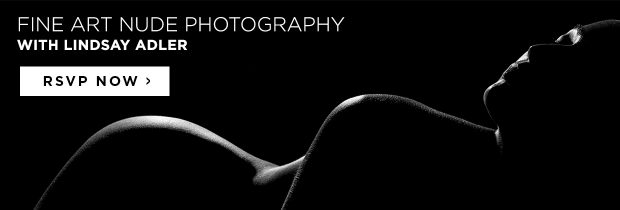
Working freelance in the creative industry means running your own business and using your name as your brand. It’s absolutely essential to be clued up on the facts and to ask in advance of any booking, everything you need to know before agreeing to shoot. Communication is key so I’ve compiled a short checklist of the booking questions photographers and models should ask each other to ensure their experience gets off to the right start together.
1.) Arrangements. Once the email tennis has come to a close, it’s a good idea to finalise the last one with a clear and easy to read rerun of the arrangements. I tend to thank the client for the booking and sign off by restating the location, start time, end time, overall duration in brackets, what I need to bring and the compensation (be it money or pictures). This ensures we’re in agreement with undeniable written proof.
2.) Payment. If the collaboration is TF (time for images), ask in advance how long you’ll expect to wait for the edits and approximately how many will arrive in total. Waiting two to six weeks for five to ten images is quite normal for a full day, unless a publication is involved in which case it could be up to a year. However this is on average and not fact, it’s important you know what to expect from your own team. If the location is outdoors, I’d also want to know if there was a back up plan for unusable weather conditions and if a cancellation would cover my costs.
3.) Levels. This conversation is often quite awkward and can be difficult to word correctly. But it will be far more embarrassing discovering the work is beyond what you’re comfortable shooting whilst on set. Avoid sounding creepy by doing a little research on their previous work, visiting their website or wherever they promote their details and ‘about me’ section. If the obvious isn’t stated, then it’s definitely ok to ask what the shoot entails, or by clearly announcing your own levels before the question can even arise. It’s also helpful to know a couple of professional people specialising in the genres that you don’t do yourself for recommendation.
4.) Contracts. If there is a model release form or any other contract to be signed, ensure all parties have a copy of this before the date. There may be disagreements regarding publications and the sale of images, especially if the shoot is a collaboration or part of a workshop for portfolio building. If adjustments need to be made to protect both model and photographer, this must be discussed prior to the event. It is unfair to expect anyone to sign anything after the shoot has taken place or indeed as the shoot is underway. Invoice requests are to be expected, but worth mentioning anyway.
5.) Concepts, themes and credits. Creative folk often have several strings to their bow and must be careful to protect their brand name. For example, a photographer is more likely to separate their nude fashion work from their childrens portraits and may not wish to be credited under the same name. Knowing what each other are comfortable shooting is essential so ideas are encouraged to be discussed in advance. Controversial topics like the use of fur, guns, taxidermy, sheer clothing etc, are certainly points of discussion to be agreed upon beforehand if applicable.
6.) Model prep. If there is a makeup artist or hair stylist involved, he or she will almost definitely want to be in touch with the model before the shoot to ask if there any special requirements for their skin and hair. They will want to know about allergies, skin tones and hair colour, as well as how they’d like the model to prepare for the day (usually a fresh, bare face that has been generously moisturised with clean but unstraightened hair is acceptable). If the model has a weave or extensions, this is also important to know as well as the obvious like tattoos and piercings.
RSVPs are now open for December 1st! Don’t Miss out on CreativeLive’s FIRST Fine Art Nude Photography class.
7.) Statistics. A good model should always publicly provide their current stats, however if he or she does not have this listed on their website, you will regret not knowing their details. If a wardrobe stylist or designer is involved, this is undebatable as they will absolutely have to know the correct measurements at that time.
8.) References. I cannot stress the importance of these for all involved. These help to protect all those involved in the creative industry, sussing out who is reliable and indeed who is the type of person you’d like to avoid. A good testimonial from a dependable source is worth knowing and sharing. The one you don’t check is the one that causes you problems.
9.) Styling. When communicating with the team regarding styling, use mood boards and direct descriptions to create a feel for the style you are looking for. Pictures usually speak louder than words and using places like Pinterest can really help bring your ideas into a reality. Asking a member of the team to provide a ball gown on the day before the shoot, is extremely disorganised and can come across as unprofessional.
10.) Catering. Lastly, this is the least important question and not really one I’d have on my essential checklist, however it is worth knowing if you will fed and watered by the client. As always, if in doubt, provide for yourself by bringing a packed lunch regardless. If there’s free food then that’s just an added bonus.



